Make your food truck menu stand out with digital signage
The clear appeal of food trucks can't be overstated, for reasons including easy access to diverse cuisine, aesthetic novelty, and reasonable prices for delicious food. They're major drivers behind a field that comprises more than 36,000 individual U.S. businesses, bringing in about $1.5 billion in annual revenue.
With a 6.4% compound annual growth rate (CAGR) projected through 2030, this unique culinary market is unlikely to slow down anytime soon. Yet that's a bit of a double-edged sword if you're a food truck business owner: It means the field's already-heavy competition will only get more intense.
Your food truck needs to make a strong impression in a crowded market, and visual appeal can go a long way. This could be a bold paint job, a new and compelling logo — or what about your menu? It's somewhere potential customers have to look no matter what to learn about your mobile restaurant's food. So why not make it as dynamic as possible with
outdoor digital signage? Let's dig into why and how using a high-quality monitor as your menu brings tangible advantages to your business and enables you to realize truly visually inventive food truck menu board ideas.
Why digital signage is ideal for a food truck menu
The "analog" menu options usually seen alongside food trucks — paper flyers, chalkboards, whiteboards, pamphlets — are not entirely without visual appeal. Menu gimmicks like illustrations that change daily or tie into trending pop-cultural topics are hardly uncommon and creatively drawn names and descriptions for food items are very prevalent.
But none of these come close to the immediacy and attention-grabbing potential of dynamic moving images on a digital monitor.
On the whole, digital signage has proven successful; about 75% of consumers have been motivated to visit a store strictly because of it. If you’re looking to become (or remain) a successful food truck owner, using a monitor as your digital menu board makes more sense than something like a neon sign.
A digital menu gives you immense creative freedom in terms of how you represent your cuisine. Because you can connect it to any image source with HDMI compatibility, cast to it from another device, or link it to a media player integrated across your marketing channels, your imagery possibilities are endless.

In addition to serving the main purpose of any menu — drawing attention to your food — your monitor can alert regular patrons and potential new customers of current or upcoming promotions. Finally, if you feel inspired to make sudden menu changes, you can do that in real time from inside the truck and quickly substitute an edited menu.
Taking the plunge into digital menus
Changing any aspect of your business is always a little bit jarring, whether it's your menu or your marketing plan. But it also doesn't have to be difficult.
For example, you may worry that implementing one or more monitors might be unwieldy or time-consuming. But lightweight flatscreen monitors are readily available, and can be secured to any surface of the truck just like conventional signs. (To function as an effective menu, you'll want to place it as close to the truck's service window as possible.) It won't take very long to install these monitors, and then you can get right into making them work for you.

Changing any aspect of your business is always a little bit jarring, whether it's your menu or your marketing plan. But it also doesn't have to be difficult.
For example, you may worry that implementing one or more monitors might be unwieldy or time-consuming. But lightweight flatscreen monitors are readily available, and can be secured to any surface of the truck just like conventional signs. (To function as an effective menu, you'll want to place it as close to the truck's service window as possible.) It won't take very long to install these monitors, and then you can get right into making them work for you.
Alternatively, you may have concerns regarding the outdoor visibility of the monitors, and it's true that standard LCD screens are susceptible to glare and can become almost impossible to read in direct sunlight. However, Reflective LCD (RLCD) monitors don't share this problem, as they actually utilize the sunlight to illuminate the display, remaining visible (and legible) even on the brightest days.
Last but not least: If you have an existing menu gimmick that longtime customers love, going digital doesn't require you to change it. For instance, if you draw outrageous characters on a whiteboard, you can draw them on paper, scan the art onto your computer and transfer the files to any of your monitor's connected devices. Then they'll be part of your digital menu's image rotation. If you're known for funny menu item descriptions, you can display these on the monitor — in a wide variety of fonts and colors, and at dimensions easier for passersby to read.
The bottom line? Taking the plunge into digital menus is certainly a dive, especially if you've been using conventional menus for a long time — but you'll surface quickly and start seeing benefits soon.
How to make your digital menu stand out
Because your digital menu allows you to display any visual content that your connected devices can create, view or playback, there are few limitations on you. But that doesn't mean you should throw everything at the wall. Instead, develop a cohesive strategy for menu board imagery, keeping in mind fundamental concerns, your existing customers, target audiences and the competition.
Some considerations apply to all existing, new or possible customers. They need to know what you've got to eat, how much it costs and get an idea of the key ingredients, flavors and other important characteristics. (Plus any allergen- or ingredient-related disclaimers.) You can do all that with words — and you certainly shouldn't neglect them; make sure they're legible. But the directness of pictures makes them essential to your digital menu. You can show an accurate representation of any dish, be it birria tacos, shrimp etouffe or a burger, and give potential eaters a sense of the food's tactile dimensions before they buy.
Experiment with more dynamic visuals like animation or video. If your food truck draws self-proclaimed "foodies," videos that depict your cooking style or ingredient sourcing might be of interest. Testimonials from satisfied customers could also go a long way to impress your crowd.

Lastly, you can make your food truck an alternate conduit for your social media marketing with a digital menu. Displaying content from your Instagram, Facebook or YouTube (and prominently underlining your handle) can bring in new followers and increase engagement. A digital menu board can also display QR codes that link to your business website or social profiles, so customers can learn more while they wait.
Sun Vision Display: Your ideal signage partner
One or more of your competitors may already be using digital menu boards, and if they aren't, it's likely they will be soon.
Partnering with Sun Vision Display is a surefire route to a stunning digital menu. Our
food truck signage monitors are lightweight, wide enough to stand out but not too big to overwhelm (available in 32" or 43" models). The energy-efficient RCLD screens and HD resolution ensure your digital menu and other content are always visible in high quality, and can be AC-powered or run on a 12V battery. Last but not least, our monitors stand up to the elements due to their temperature resistance and weatherized enclosures.
Want to learn more about Sun Vision Display's digital signage?
Get in touch with us today.











